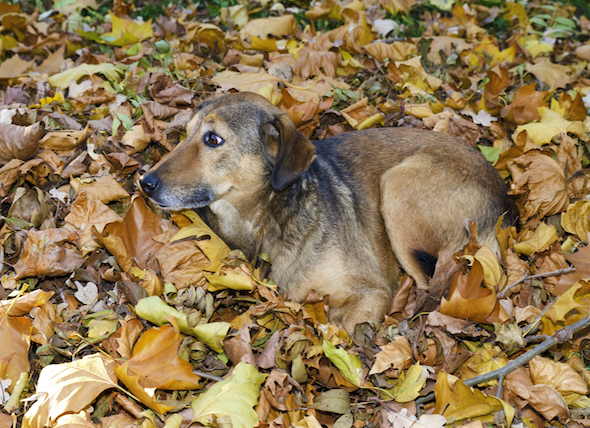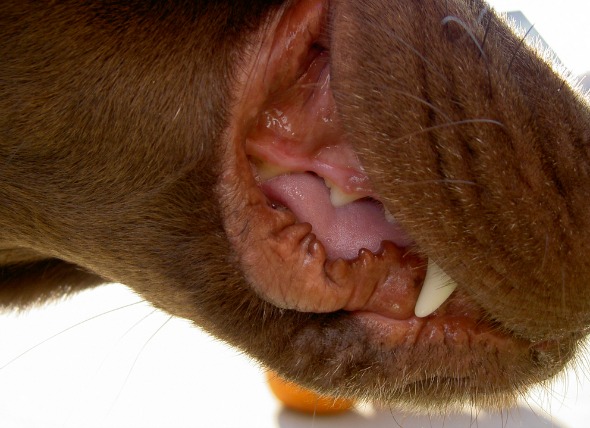

Cestodiasis is the medical term for tapeworm infestation. Tapeworms typically settle in the small intestine. The tapeworm species can include Taenia, Dipylidium Caninum, Echinococcus, and Mesocestoides. Treatment to destroy tapeworms is critical to avoid transmission to humans (typically children) and to avert damage to the dog's body. With prompt treatment, prognosis is positive.
The condition or disease described in this medical article can affect both dogs and cats. If you would like to learn more about how this disease affects cats, please visit this page in the PetMD health library.
As the tapeworm grows, pieces of it break off into segments and pass into the dog's intestines. You may see dried, white to cream colored segments, or pieces, of tapeworm in the dog's feces or in the fur under the tail. Some tapeworm species break off into segments that are too small to see, while the segments of other tapeworm species will resemble sesame or cucumber seeds in size and appearance. Still other species of worm will pass into the feces and can be readily seen. Dogs may bite or lick the anus, or drag their hind quarters across the floor in response to the itching.
Tapeworms are acquired by ingesting the immediate host containing larvae. Tapeworm eggs are frequently ingested through adult fleas. Other sources that are potential transmitters, and that a dog is likely to ingest, include rabbits, birds, and rodents. Scavenging may also lead to an infestation of tapeworms.
Tapeworms will be found in the anal sac or in the feces of the animal. A fecal, or stool, sample can be used to review for the presence of tapeworms. False negatives do occur, but most test results are conclusive.
Treatment is given on an outpatient basis for adult tapeworms, either by injection or by oral medication. Medications are effective at removing the tapeworms from the dog's body.
It is important to administer all of the prescribed medication to ensure that the tapeworms are removed from the dog's body.
Keeping the dog free of flea infestation is the best protection. The environment must be treated along with the dog to prevent recurring infestations. Keeping the dog away from dead animals and garbage can also be employed to prevent ingestion of tapeworms.
 Dog Abdominal Cavity Inflammation - Dog Peritoneal Cavity
Peritonitis in Dogs
The abdominal cavity is lined
Dog Abdominal Cavity Inflammation - Dog Peritoneal Cavity
Peritonitis in Dogs
The abdominal cavity is lined
 Unintentional Eye Movement in Dogs
Nystagmus in Dogs
Nystagmus is a condition
Unintentional Eye Movement in Dogs
Nystagmus in Dogs
Nystagmus is a condition
 Eye Defects (Congenital) in Dogs
Congenital Ocular Anomalies in Dogs
Congenital ab
Eye Defects (Congenital) in Dogs
Congenital Ocular Anomalies in Dogs
Congenital ab
 Spasm of the Rear Legs in Dogs
Dancing Doberman Disease
This neurological
Spasm of the Rear Legs in Dogs
Dancing Doberman Disease
This neurological
 Swollen Gums in Dogs
Gingivitis in Dogs
Gingivitis is a reversible inf
Swollen Gums in Dogs
Gingivitis in Dogs
Gingivitis is a reversible inf
Copyright © 2005-2016 Pet Information All Rights Reserved
Contact us: www162date@outlook.com